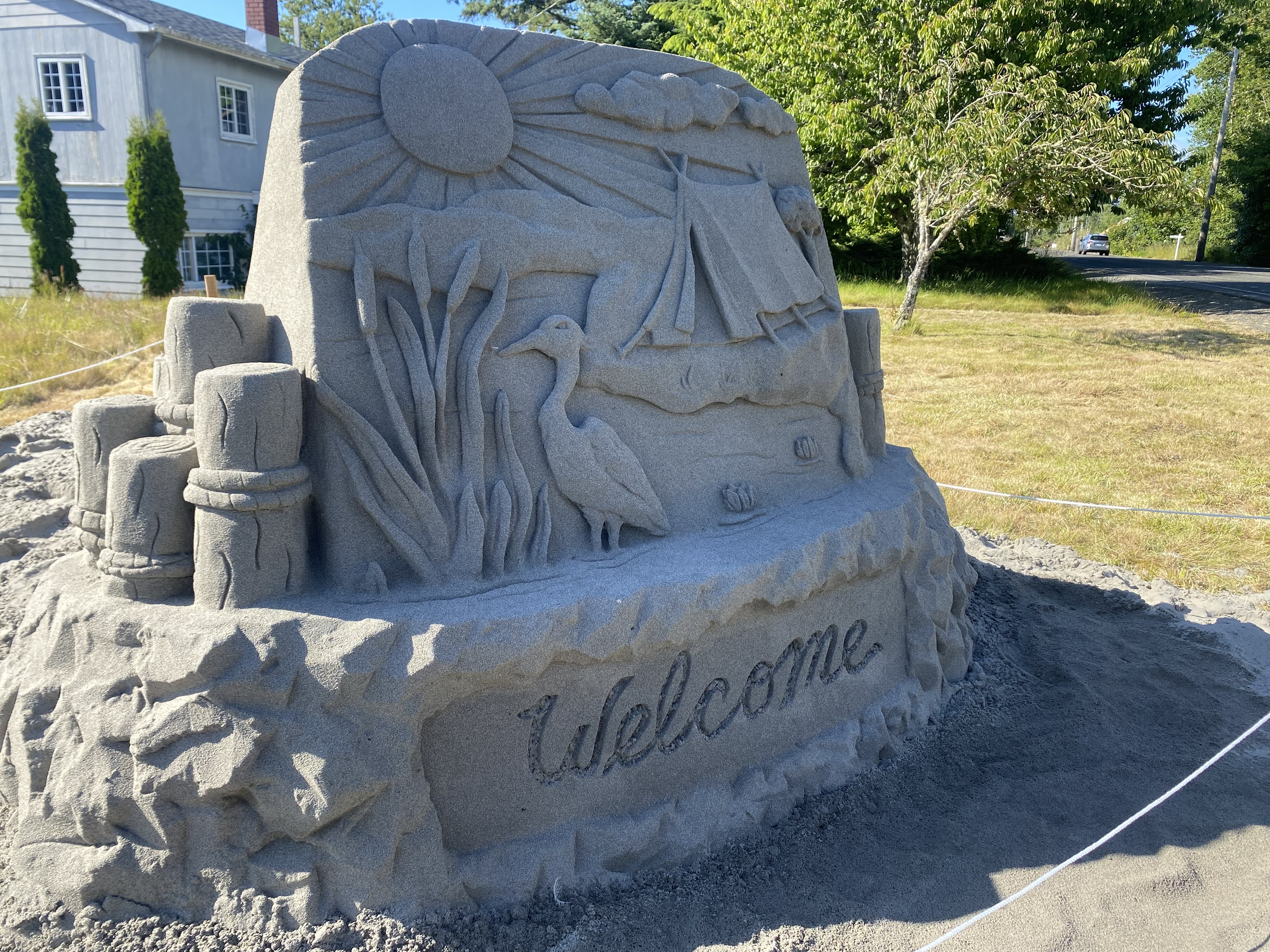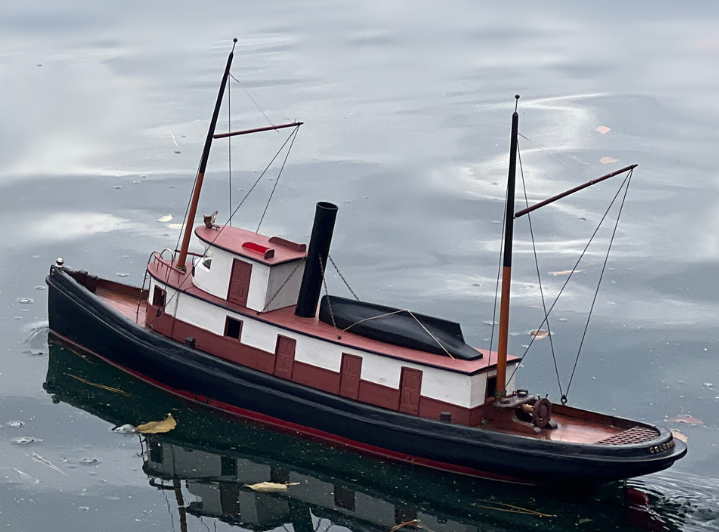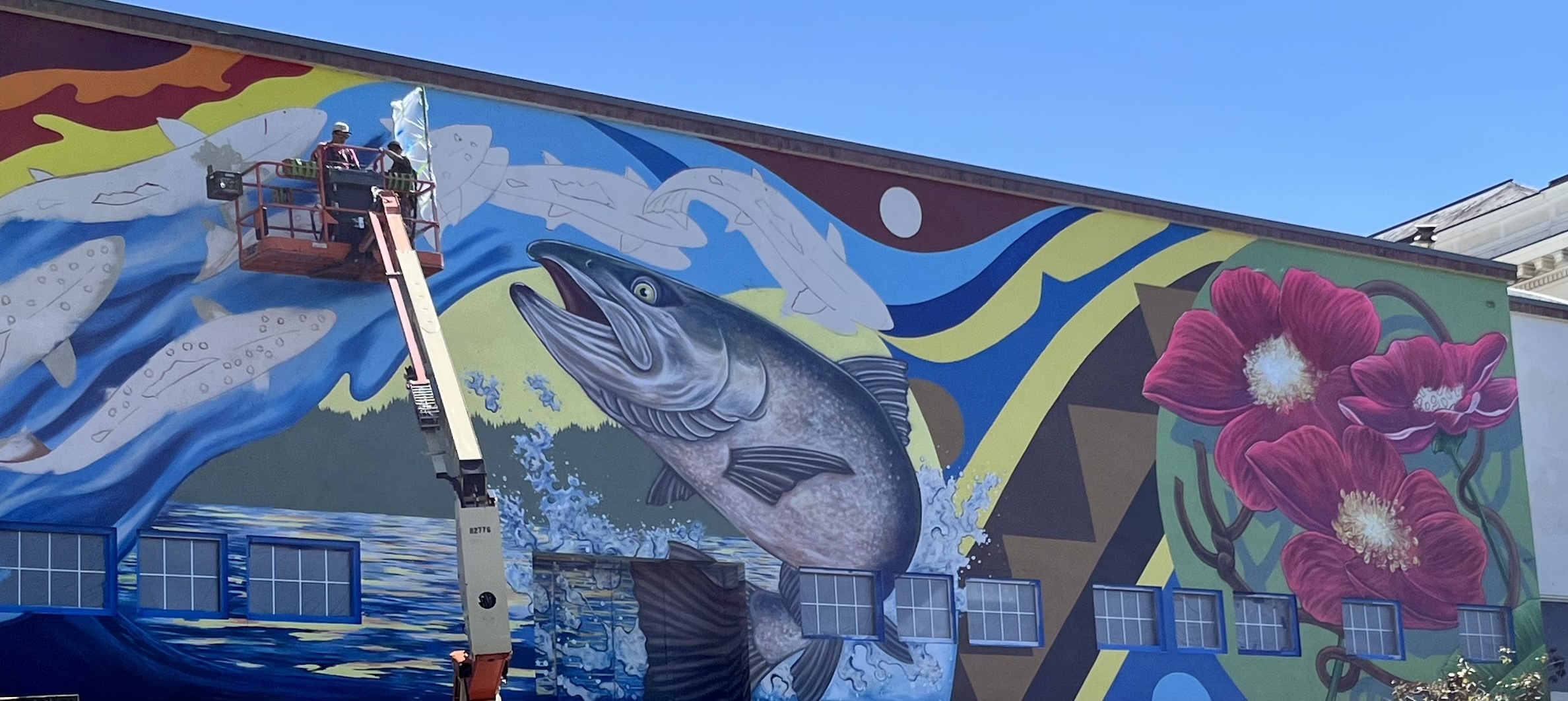Fur, floozies and fine art tell Astoria’s history at the Heritage Museum
Published 7:27 am Thursday, August 15, 2013

- <p>The museum's own speakeasy.</p>
The Clatsop County Historical Society Heritage Museum sits on the corner of 16th and Exchange streets, a huge neoclassical box of a building, neatly painted tan and white. It is Astorias former city hall; the building dates back to 1904 and is on the National Historic Register. A flag blowing in the wind says OPEN.
Trending
All of Astoria has passed this museum, some daily. Visitors to our city do plenty of sightseeing the Flavel House, the Astoria Column, the Columbia River Maritime Museum but how often do they venture into the heritage museum? Have you ever been inside? I hadnt, and an informal survey of people in Astoria came up with a big fat zero; no one I knew had been there. This could only mean one thing: There had to be some good stuff hidden inside.
The taxi driver who dropped me off at the museum (car in shop, bus unavailable, dont judge) was silent until we pulled up to the museum. You work there? he asked.
No, just going to check it out, I responded.
Trending
My mother worked there for years, he said as the minivan door slammed shut. It took a moment for his words to register, and since he hadnt yet pulled away, I went around to the drivers side and asked, So what should I see?
The Native American stuff is really good, and, he paused. The Klan stuff.
That was an unexpected surprise.
Back in the 1920s there were more Klan members per capita here in Astoria than any place else, even the South. Thats per capita, like I said. They have a room in there about it. I thanked him for the information, and he drove off. I went in and paid my admission. The museum staffwoman suggested I start at the beginning on the first floor.
The museum begins with a room devoted to the indigenous people of the area. A map shows the locations of the various tribes, a panoramic picture of the Astoria river bank shows how it looked some 200 years before and a hole in the wall peeks into a cedar planked house. Most memorable is Charles Cultee, a local Native American who helped preserve the Chinook and Kathlamet tribal languages with anthropologist Frank Boas in two books in the 1890s. Without this contribution, both languages would have ceased to exist more than a century ago.
Moving on to Astors People, the theme of the next exhibit is fur, fur and more fur. Forget logging and fishing fur is what built this area. Especially popular were beaver skin top hats, one of which is on display next to a stuffed beaver, and samples of other popular furs from mink to bear. You can learn about the early European settlers, natural resource harvesting and the Lewis and Clark Expedition (of course). There is also a chaotic wall of various facts and dates important to Astoria: the day the trolley began running, what Rudyard Kipling said about Astoria and, perhaps most importantly, the original Vampira TV character was Maila Syrjaniemi, a woman from Astoria.
The exhibit of Astorias immigrant population is closed for renovation and will reopen this fall, but on display is a large Chinese altar from 1904. It was taken from the Bo On or Bowan Hall, a Chinese mens protective association that once stood on Bond Street. Curator Amber Glen explains the coming update: The previous exhibit separated ethnic groups (Finnish, Chinese, German, British, etc.), but since the lines are never that clear, weve decided to center on the five main areas of an immigrants life: Coming to Astoria, Work, Living, Leisure/Recreation and Community Reaction/Interaction. Glen promises the new exhibit will be interactive, even offering a video booth for people to tell their own stories.
Next comes The Klan Room, and the taxi driver was correct: The Ku Klux Klan was huge in Astoria in the 1920s. Around 1915, a fellow named Col. William Joseph Simmons recreated the Klan as a fraternal order and attempted to change its image to that of protecting Americanism. He then sold the idea to rural communities all over America, especially those being inundated with immigrants.
The second floor of the museum covers some of Astorias more colorful history. A wall display titled Prostitution offers various colorful names given to such ladies sporting women, soiled divas, frail sisters and painted cats, to name a few along with various quotes and newspaper clippings regarding the industry and its effect on Astoria. Also on display are pistols, brass knuckles and other accoutrements of Swilltown.
Finally, the temporary exhibit is a room of fine art, all created by Oregon artists and spanning more than a hundred years. A Michael Foster Retrospective: Artists of Oregon features the paintings of fourth generation Astorian and artist Michael Foster as well as various pieces from his vast personal collection. Painters include Carl A. Morris, Jefferson Tester and his sister Amanda Tester Snyder, John Henry Trullinger, and others, with sculptures by Tom Hardy. Subjects include portraits, landscapes and modern abstracts. The pieces are an interesting cross section of style and mediums, and together the pieces create a stunning tapestry of art in Oregon. The exhibit is on display until Dec. 31.
The Clatsop County Heritage Museum also houses a vast archive of historical photos and documents that can be viewed by appointment, and instead of a gift shop, the museum offers a bookstore that features everything from copies of old maps to the newest books on the area. (I came home with the book Astorians: Eccentric and Extraordinary edited by Karen Kirtley.)
All in all, the Heritage Museum offers an informative and honest look at the good and bad sides of Clatsop County and Astoria, and it has enough variety to pique the curiosity of children and adults. The museum is a great place to spend an afternoon; plan for at least an hour to see it all, and longer still to take it all in.









